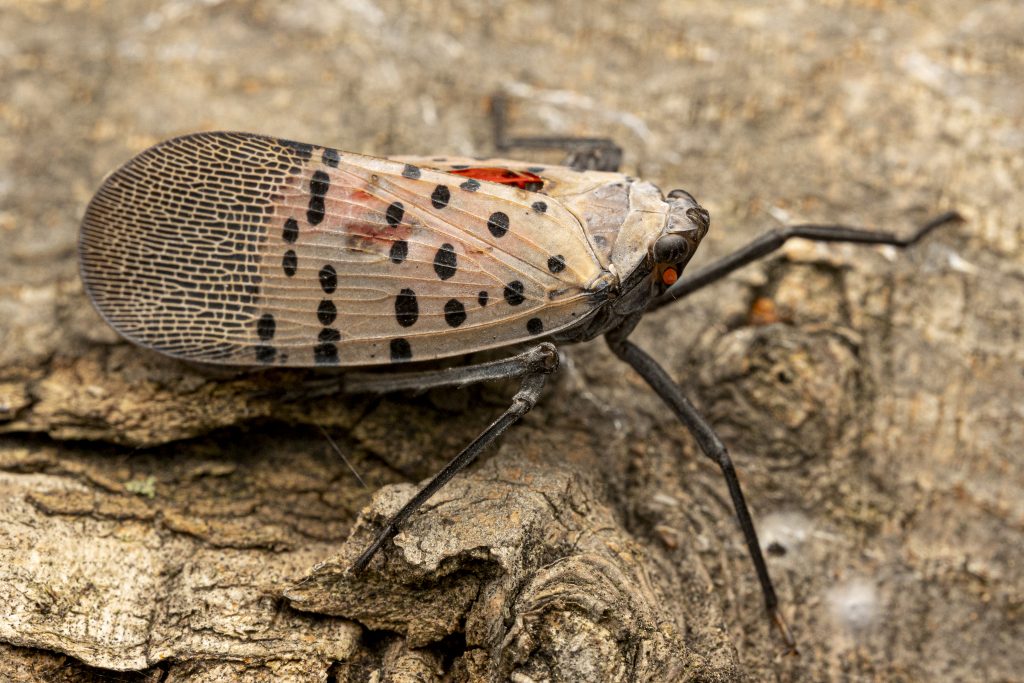The Atlas of Living Australia (ALA) is Australia’s largest open-source biodiversity data infrastructure. Home to more than 132 million species occurrence records of native and introduced species, the ALA is often the first platform where invasive species incursions are publicly recorded. Invasive species – like pests, weeds, and diseases – are a major driver of biodiversity loss and pose significant threats to both the economy and our community. To ensure management authorities are notified of new incursions, the ALA has partnered with the Commonwealth Department of Agriculture, Fisheries and Forestry and CSIRO through the Catalysing Australia’s Biosecurity initiative to develop the Biosecurity Alerts Service.
The ALA’s Biosecurity Alerts Service provides weekly email notifications of occurrences of invasive species to management authorities. These occurrences are aggregated from more than 850 data suppliers, including iNaturalist and FeralScan. The Biosecurity Alerts Service reports the species name, observation location, images, data provider and provides direct links to the ALA occurrence record. Up until the end of 2023, 1,441 occurrences of invasive species had triggered a biosecurity alert, which included reports of highly invasive species, such as red imported fire ants (Solenopsis invicta), Asian shore crabs (Hemigrapsus sanguineus), myrtle rust and Opuntia cacti. Land management agencies who receive the alerts are using the information in many ways, including verifying reports, undertaking management actions and correcting false identifications.

“There is no doubt that the biosecurity alert system has improved our statewide surveillance capability [in Queensland]. While we have only been using it for a short period we have already recorded several significant detections. I’ve been promoting the system at every opportunity,” said Steve Csurhes, Biosecurity Queensland, Queensland Department of Agriculture and Fisheries.
Recently, the ALA has developed new spatial filtering features within the Biosecurity Alerts Service. This has allowed users to limit alerts to within state/territory or local government boundaries (including marine boundaries) or provide a custom spatial boundary (shapefile) for alerts within a user-defined area. This has improved the utility of biosecurity alerts, allowing them to be used more readily for reporting within National Parks boundaries or outside of biosecurity containment zones.
The ALA is currently delivering Phase 1 of the Biosecurity Alert Service, which includes roll out of the Service to Commonwealth, State and Territory biosecurity managers. Phase 2 will begin in mid-2024 with operational enhancements allowing the service to scale nationally better, and the inclusion of interested local government areas, natural resource managers, non-government organisations and others within the biosecurity sector. You can read more about this project in our Impact Case Study or contact us if you’d like to learn more about ALA’s services to support biosecurity.